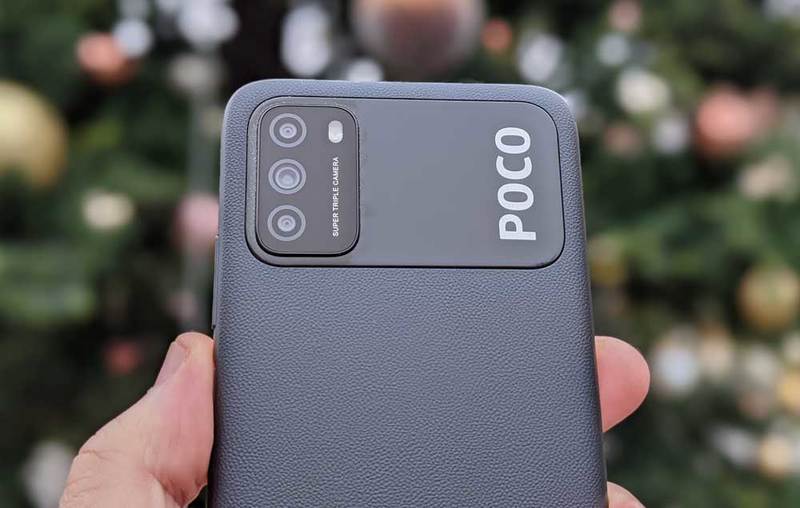Some time ago Xiaomi brought its brand back to life FOR WHAT. The idea of cheap but very efficient smartphones was abandoned for some reason Poco F1 from 2018, but you can see competition from increasingly expansive Chinese companies has forced Xiaomi to go back to the old idea. And it was a successful return. Model F2 Pro nibbling on the most expensive smartphones is a great device, cheaper X3 NFC the mid-range attacker is just as successful. Xiaomi So it went with the blow and showed the cheapest in its portfolio POCO M3 which is to meet the requirements of the least demanding users. For version 4/64 we have to pay PLN 649, 4/128 costs PLN 799. However, the art of combining performance, which is in the brand’s DNA, with a low price is not an easy art. Other things, such as the build quality or optics, also need to be sacrificed. So let’s see in what areas FOR WHAT it came out unscathed, and where it fell.
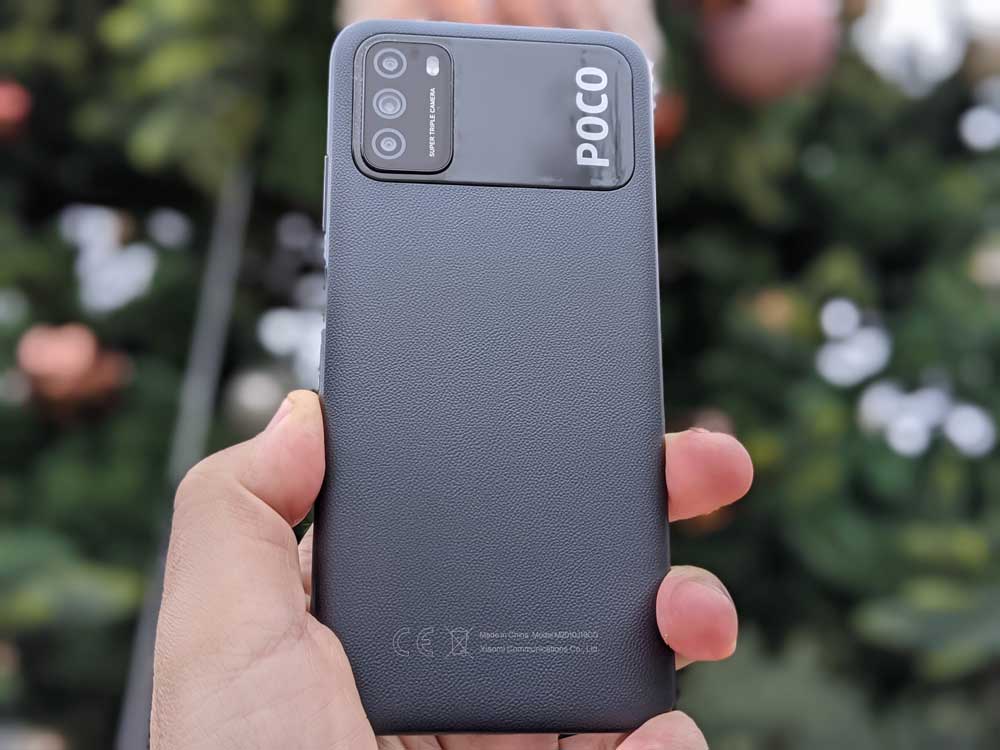
How do we rate design?
Xiaomi Poco M3 is a device that arouses interest. It is quite a challenge to come up with something interesting and at the same time cheap to produce, and here we managed to do it perfectly. In this case, it is about plastic backs that resemble leather in texture. First of all, it looks original and nice, especially in the yellow version. Secondly, it allows you to keep the weight within reason – despite the gigantic 6000 mAh battery and large dimensions (162.3 x 77.3 x 9.6 mm), it is only 198 g. Thirdly, the device’s grip is secure, and if we fall, the back will not crash. The most controversial is the island with cameras, which is not huge in itself, but it is integrated with a plastic insert running across the entire width of the phone with a large inscription FOR WHAT. The beauty of such a solution is debatable, in any case, you can see from a distance what brand of phone we have and we will not confuse it with any other. The manufacturer adds a silicone case to the box, which, however, is not necessary in this construction of the device.
The plastic / leather back smoothly flows into the frame to which the screen is attached, secured with plastic at the edges. It looks interesting, if a bit “old school”. On the lower, flat edge we have USB-C and one of the two speakers, the other is integrated with the speaker for calls, and both form a stereo pair that is rare in this class of devices. On the right side there is a fingerprint reader integrated with the power button. It is constantly active, so you do not have to press it, just put your finger to unlock the smartphone. It’s just that it is also quite sluggish and you need to hold your finger for much longer than with other devices. Right above it is one long and pleasantly clicking volume control button. At the top we have an infrared LED and a mini-jack input for headphones. On the left side there is a tray for two SIM cards plus an additional memory card.
Overall, the construction site is interesting and deserves praise.
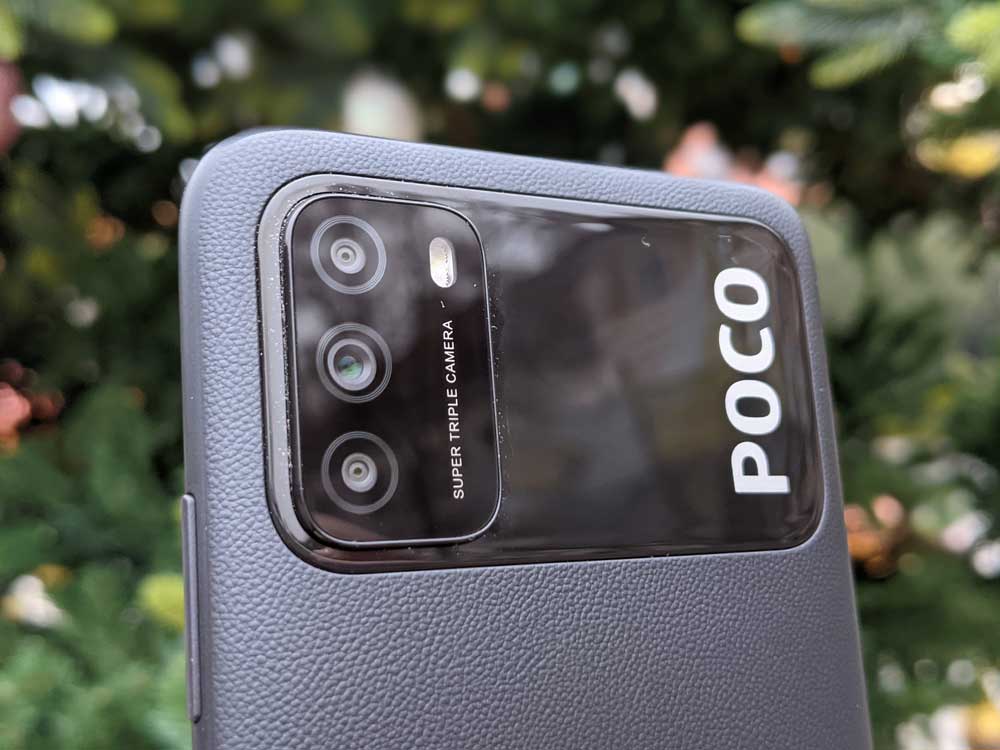
What do we think about the display?
The display has a diagonal of 6.53 inches, FHD + resolution, 1080 x 2340 pixels, 395 ppi and an aspect ratio of 19.5: 9. It was made in IPS LCD technology and secured with Corning Gorilla Glass 3. The maximum brightness is 400 nits and this is my main objection to the screen. It was just that, regardless of the conditions, it was definitely too dark and the situation was usually saved only by manually moving the slider to maximum brightness. It’s just that outside in full sun it was not enough. In total, there was only one advantage – browsing the content in complete darkness was quite comfortable, because the phone did not burn eyes. However, the overall profit and loss balance turned out to be negative in my opinion. We can activate the “solar mode” in the settings, but then we have to give up the automatic brightness adjustment. We also have a night mode and a lot of color settings: automatic, saturated and standard colors and their temperature: default, warm, cool and custom settings. The color degradation at an angle is quite large. There is also no possibility to choose the screen refresh rate, we only have the standard 60 Hz. The display is covered with an oleophobic coating, so it collects fingerprints in a moderate manner, the selfie camera is placed in a large notch. The phone can be woken up and turned off by double tapping the screen. Unfortunately, we do not have a notification diode or information displayed on a blank screen. The phone is also not waterproof.
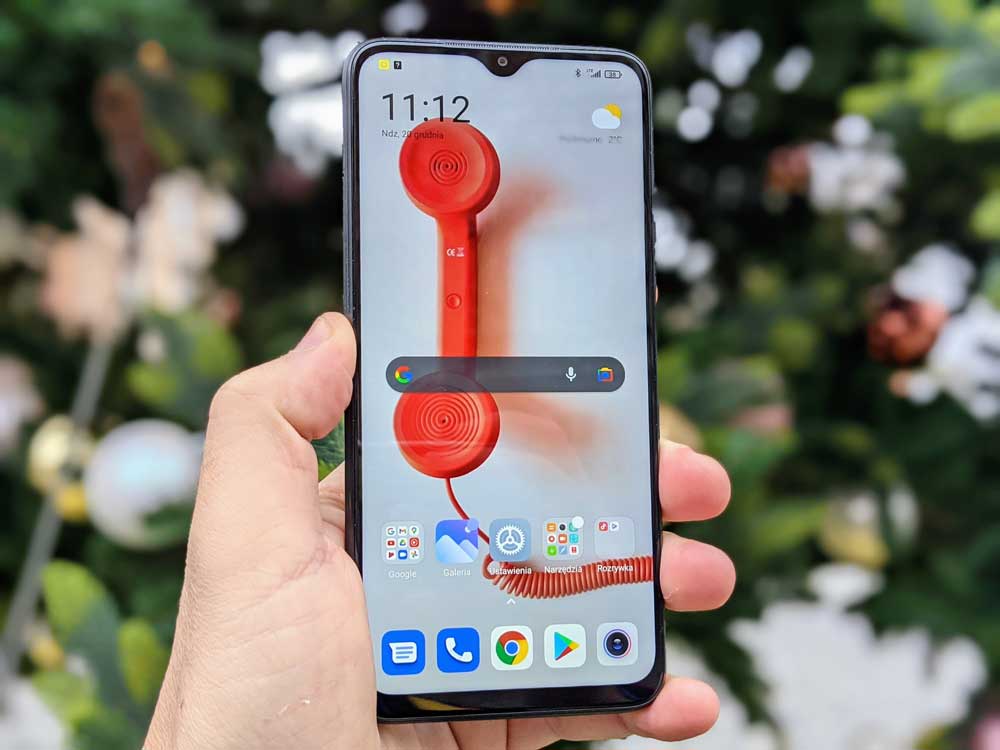
Specs / OS
The phone is powered by an octa-core Snapdragon 662 (4×2.0 GHz Kryo 260 Gold; 4×1.8 GHz Kryo 260 Silver) with the Adreno 610 graphics chip. We have 4 GB RAM, the built-in memory is 64 or 128 GB with UFS 2.1 or 2.2 depending on from version, it is possible to extend it with a card. In AnTuTu Benchmark, the phone reached 185,073 points. which gives him the 87th position in the ranking. In everyday use Xiaomi Poco M3 it fulfills its role, that is, you can easily browse the internet on it, enjoy multimedia content thanks to stereo speakers, but we cannot even dream of any super speed. Of course, on the one hand, it’s a cheap phone, so it’s hard to expect flagship performance from it. On the other hand, the brand FOR WHAT however, it obliges and it would be appropriate for the phone to be at least not worse than the competition in this price range. However, I had the impression that there were too many cuts, dropping frames or long moments of thinking before executing a command in this device. The latest software fix, which was supposed to increase smooth operation, did not help either. Even in the stable Xiaomi we can find cheaper devices, maybe not the newest ones, but they just work better. However, the phone can handle games – PUBG is not a challenge, although of course there are some animation cuts from time to time.
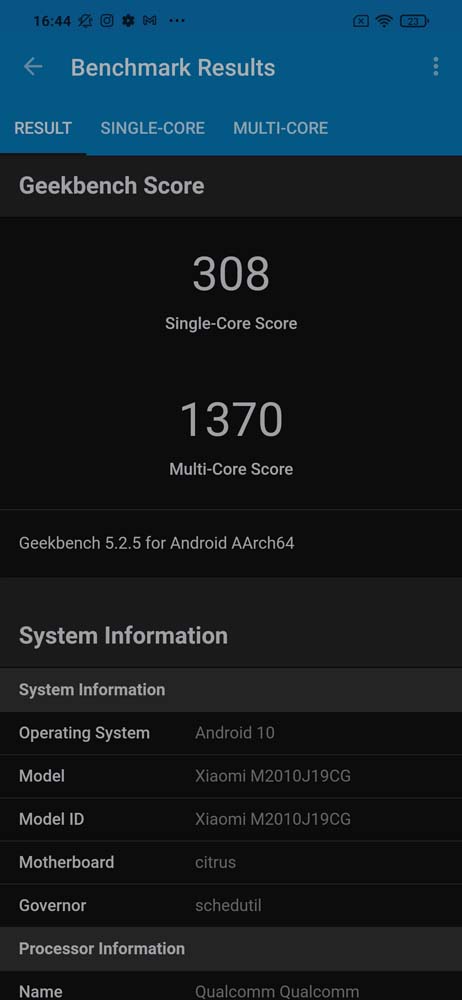
The phone has no problems with navigation, the signal is caught quickly and kept stable. However, the device does not have an NFC module, so we will not pay for a contactless one – for many people it can be quite a lack. The quality of voice calls is unqualified.
The communication package includes: LTE, dual band WiFi, Bluetooth 5.0. Location is realized using: A-GPS, GLONASS, BDS. The sensor kit includes: accelerometer, proximity, lights, magnetometer, gyroscope, gravity, fingerprint reader.
The software is Android 10 with MIUI overlay (for FOR WHAT) in version 12. The overlay is nice, legible, with a dark theme and a vertically scrolling application subpage. This, in turn, can be scrolled horizontally, and the applications are then arranged thematically – communication, entertainment, photography, tools, shopping, finance and business, news, lifestyle. There is application cloning, company mode, game zone.
What photos does he take and what films does he record?
The camera kit includes three lenses on the rear:
- 48 MP, f / 1.8, 1 / 2.0 “, 0.8µm, PDAF;
- 2 MP, f / 2.4, macro;
- 2 MP, f / 2.4, depth sensor.
On the front we have: 8 MP, f / 2.1, 1 / 4.0 “, 1.12 µm.
There are modes in the app: PRO, Video, Photo, Portrait, Night, 48MP, Short Video, Panorama, Documents, Slow Motion and Time Lapse Mode. We can transfer functions from the More tab to the bar above the shutter release button. At the top we have Settings, where we can also find macro mode and background blur, filters, AI, flash and HDR. It is worth stopping at the latter for a moment. The mode itself works fine, but unfortunately it shuts down natively when you exit the app. To change this, we must: 1. Turn on the camera; 2. enter the settings; 3. activate the “save previous mode” option; 4. turn on HDR on your camera. This way we will always have automatic HDR enabled.
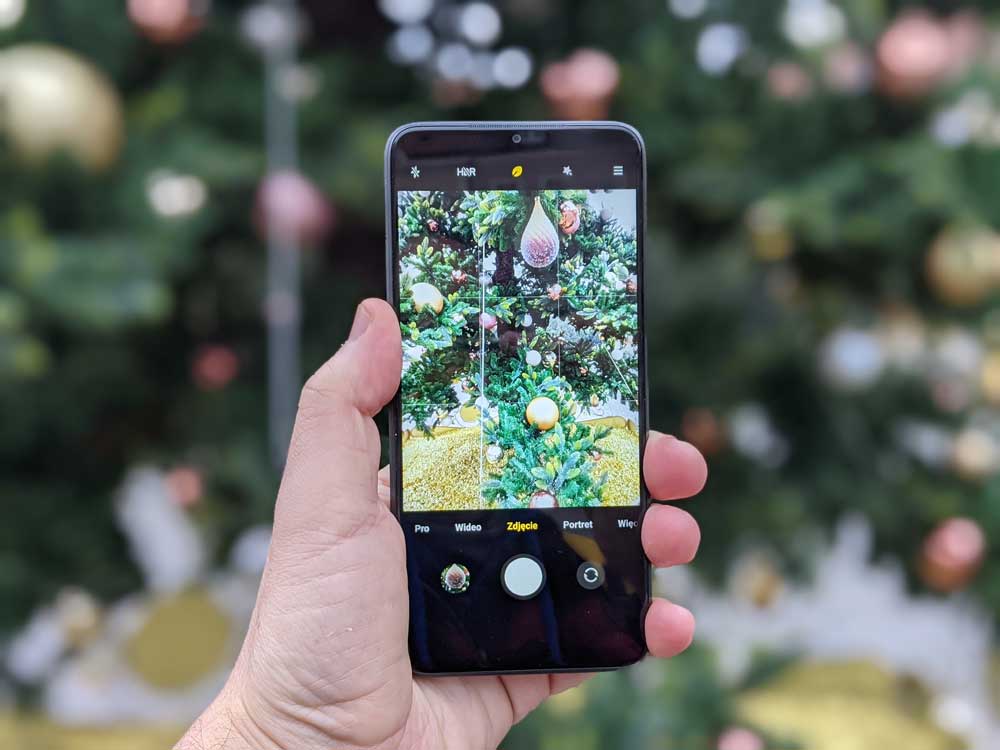
The photo quality itself is adequate to the price of the device. With good sun, we will take a very nice-looking photo with colors that are pleasant to the eye, but sometimes quite curled up, especially with active AI. The tonal range could be a bit better, because I found photos with a burnt background. Autofocus is also not the fastest, it has problems catching focus in portrait mode. The maximum zoom is 8x, but anything over 2x is not top-flight and we need a lot of light for this effect. However, the night mode is a positive surprise, the photos are nicely sharpened and slightly brightened. The selfie cam is ok.
We will record the video in FHD and HD resolutions on the front and back. The detail is good but stabilization is not, and it’s better to shoot videos while standing than walking. Sound is picked up well.
Sample pictures:


How long does the battery last?
The battery has a capacity of 6000 mAh. This was usually enough for two or three days with 7 to 10 hours of operation with the screen on. The charger from the set has 18W, it takes about 2 hours to fully charge. We can also charge other devices with the phone, but it does not support inductive charging.
Xiaomi Poco M3 – Conclusion
The brand’s expedition, whose main goal is performance, to the area of cheap smartphones is a difficult journey from the very beginning. It is an attempt to combine fire with water, which is rather doomed to failure. So if someone is expecting a super-efficient phone for little money, they will be disappointed. Personally, I am a bit surprised by the use of the Qualcomm processor, because in this shelf MediaTek processors tend to be more efficient and perhaps the end result would be better. However, if we forget for a moment that it is about FOR WHAT and performance aside, it turns out to be a pretty decent phone that will appeal to less demanding users. Its main advantages are an interesting design, stereo speakers, nice photos and a long working time on a single charge. The disadvantages are the lack of NFC, medium-quality screen and operation – on the one hand acceptable in this class, but on the other hand completely incompatible with the brand FOR WHAT.
Who is it for Xiaomi Poco M3
- Less demanding users
- People who don’t want to carry the phone in a case
- Needing a long battery life
- People looking for stereo speakers on a low budget
For whom it is not Xiaomi Poco M3
- Demanding quick action
- Needing wide-angle photos
- Needing a good bright screen
The main advantages and disadvantages Xiaomi Poco M3
Advantages Xiaomi Poco M3
- Stereo speakers
- Mini-jack input for headphones
- Nice software
- Low weight in relation to dimensions
- Original and interesting back
- High-capacity battery and long working time
Disadvantages Xiaomi Poco M3
- Poor quality screen
- Not very smooth operation
- Sluggish fingerprint reader
